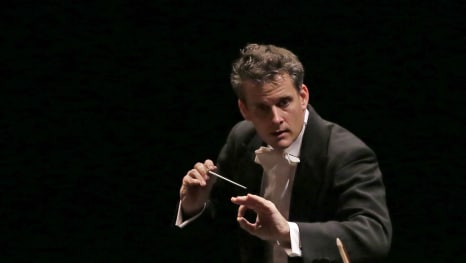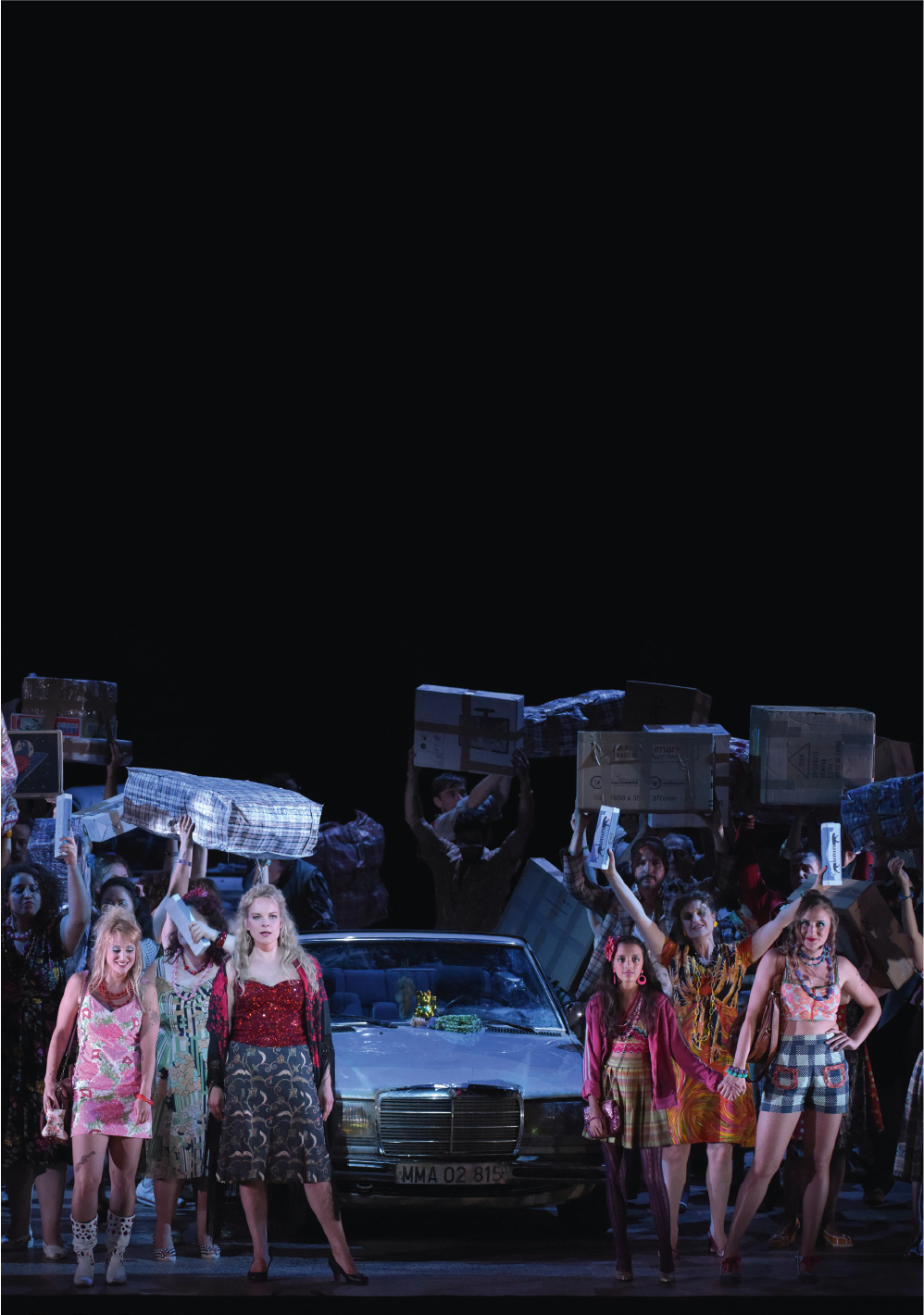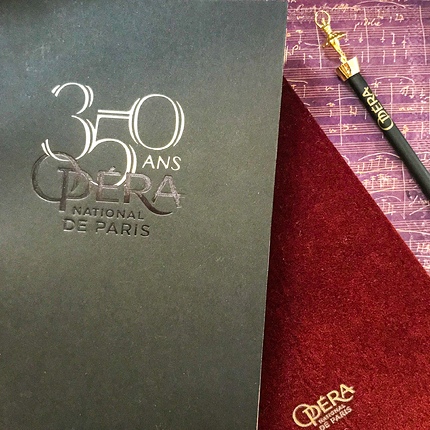Music & dance
Benjamin Millepied
Director of dance at the Paris Opera
Balanchine said, “Ballet is music made visible.” In choosing my program, I considered the craft of choreography as I would the craft of musical composition. Composers possess an exquisite craft; they know extensive rules such as chord progression, harmony and counterpoint, which they use in order to create a vivid and complex landscape of sounds. A choreographer should possess similar skills, and a dance should not be a literal response to a score note for note, but rather an imaginative and visceral one that helps us discover and hear the music in more profound ways. Every moment should engage our interest and emotions.
Composers possess an exquisite craft; they know extensive rules such as chord progression, harmony and counterpoint
A ballet should present interesting clues a conductor could draw from to conduct a work.Our new ballets will use the classical vocabulary – one we can forever draw from to create anew – and will aim to be relevant to our time, reflect our society, and hopefully tell us a little bit more about who we are. The ballets should also challenge the technique and artistry of Paris Opera Ballet dancers, and allow them to bloom and mature as artists.
In this first season, both the existing pieces and newly commissioned ballets will draw from classical craft.
The choreographers, then and now, while separated by different eras, are united by the skill, imagination and idiosyncrasy with which they interpret the mood, theme, subtleties and complexities of a score. I would particularly like to celebrate the return of Maguy Marin to Paris Opera after more than 20 years. Maguy’s body of work is one that deserves special praise. She isa relentless artist, always looking to tomorrow. Her dance Les applaudissements ne se mangent pas, is a powerful piece with stunning use of space, filled with human drama.
Forsythe’s work has evolved over the years. It is a repertory filled with passion and a continuous inspiration
There is also Jerome Bel, whom I chose to invite particularly for his ability to explore the inner life of his subjects, and so shows us a direct relation between the dancers and our society. His works reveal unexpected and otherwise unexplored aspects of our art.
Finally, I am thrilled to welcome back William Forsythe with a new piece, particularly because this new dance draws inspiration from the romantic era of ballet history. Forsythe’s work has constantly evolved over the years. It is a repertory filled with passion, and is a continuous inspiration.
Over the next seasons, it will be my pleasure to juxtapose this living legend’s pieces against the canvas of ballet’s evolution.
From the Opening of our season with the glory of Imperial ballet with George Balanchine’s Theme and Variations, to its closing with William Forsythe’s world premiere, the great tradition of Classical Ballet and Classical Music that started 300 years ago with Lully and Beauchamp, will be pursued through the minds and souls of some of the most talented artists of our time.

















